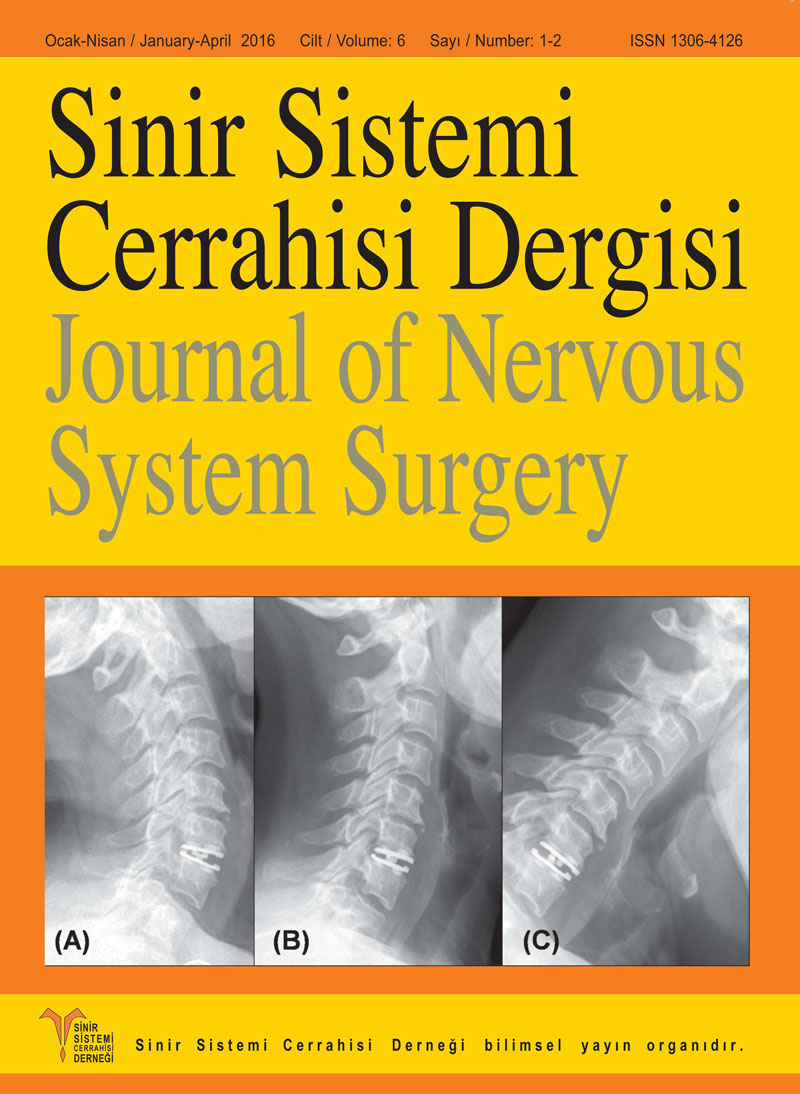Intrathecal Chemoterapy Application Under C- Arm Fluoroscopy in a Patient With Tethered Cord Syndrome
DOI:
https://doi.org/10.5222/sscd.2016.07379Keywords:
Tethered cord syndrome, intrathecal, Non-Hodgkin lymphomaAbstract
Tethered cord syndrome is defined as the condition of a low conus medullaris below L2 vertebral level or a filum terminale thicker than 2 mm. The objective of this case report is to present the experience of intrathecal chemotherapy under C -armed double screen fluoroscopy planned for a patient with Non-Hodgkin lymphoma (NHL) who was diagnosed with tethered cord syndrome. A 10-year old boy, weighing 50 kg with tethered cord syndrome was consulted to our clinic for methotrexate (MTX) injection due to NHL. The application was planned under C- armed double screen fluoroscopy, because the conus medullaris terminated below L4 vertebral body. After vertebrae and conus medullaris were viewed under C- armed double screen fluroscopy and intervention was carried out between L4 and L5 vertebrae using a spinal needle. After free cerebrospinal fluid (CSF) flow was observed coming out from the spinal needle, 1.5 Ml CFF was taken to be sent for the histopathological analysis and MTX was than intrathecally administered. In conditions requiring regional anesthesia and intrathecal drug administration, but having situations such as tethered cord syndrom which can complicate the application, safely performed procedure under C- armed double screen fluroscopy can reduce the complications.


